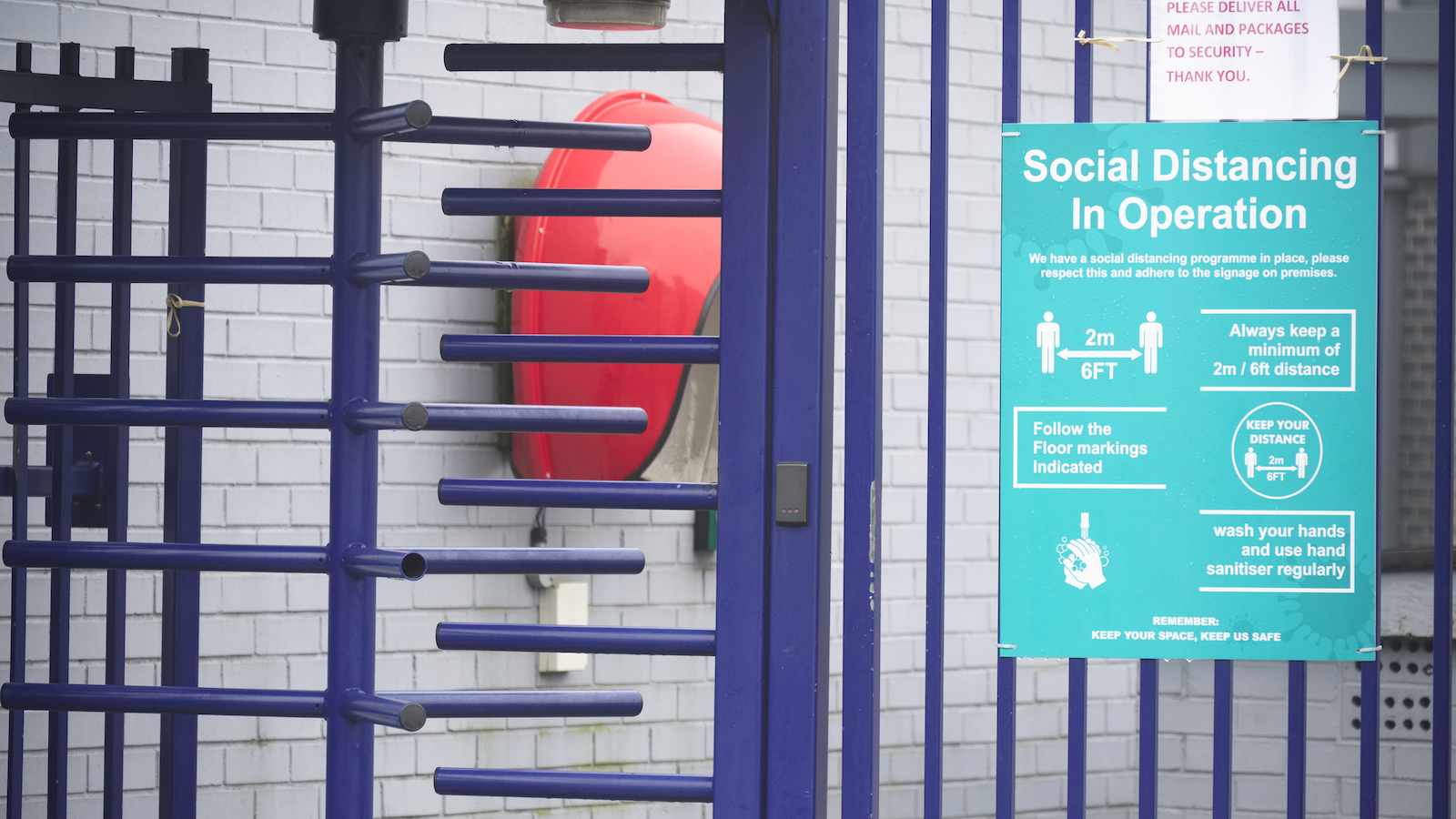Mandatory site safety procedures have driven up contractors’ overheads – but some of this extra cost may be claimed back under the contract. Edward Carolan explains

For the UK construction industry the effects of covid-19 have to an extent been minimised by sites staying open, but there has been much debate over contractual entitlement to make claims for delay or disruption.
In the first lockdown many sites closed as they were unable to work under conditions that were considered unsafe. However, the introduction of the Construction Leadership Council’s (CLC) Site Operating Procedures, now at version 7, changed this.
While the CLC Site Operating Procedures have enabled sites to remain open, procedures other than those planned at tender are likely to cause disruption to works activities, if not the contract completion date. This may lead to an increase in the costs of project preliminaries and in site and head office overheads, as well as loss of profit.
“Loss of productivity requires close examination of working arrangements, methods of working and potentially time and motion analysis”
Overhead costs, such as preliminaries or site overhead and welfare costs, are likely to be affected. There may also be effects on time efficiencies and the programme, resulting from issues such as social distancing and works resequencing.
The original scope of the project may not have changed, but the consequences of months of delay or disruption may have led to a significant change in the cost of the project.
Where extra costs arise, they will need to be demonstrated as being related to a delay and/or disruption event. A causal link is often difficult to demonstrate. So loss of productivity requires close examination of working arrangements, methods of working and potentially time and motion analysis.
Basis of assessment
Where further and more detailed analysis of disruption is required, the following methods of assessment can be considered:
- Measured mile;
- Earned value analysis;
- Programme analysis;
- Work or trade sampling.
So, what needs to be taken into consideration when valuing and submitting a claim in relation to overhead costs?
As with any construction claim, the contract will dictate what is recoverable and how. Where liability for the event has been established, the next challenge faced by contractors dealing with a change in site preliminaries and overhead costs is how exactly to measure and value them.
Prolongation costs relating to site management and supervision costs will need to be substantiated as being related to the delay events. Actual costs must have been incurred, and a general duty to mitigate those costs where at all possible has to be accepted.
Records documenting site activities and their resulting costs are vital to establishing the losses incurred. Information in documents must explain and substantiate claims made.
Generally, unless expressly stated in the contract, the recovery of prolongation costs would be claimed on the basis of work actually done and time, or loss and/or expense, actually incurred.
Site-specific overheads
Following a risk assessment in accordance with the Site Operating Procedures there may be a need for additional accommodation, welfare facilities, or increased health and safety equipment. A claim for extra costs may potentially be made. The extra costs, where clearly identified and cross-referenced to the delay or disruption event, will then need to be submitted as part of the claim.
Something else to consider in major projects or those with an international element might be currency or exchange rate fluctuations.
Head office overheads and profit
Where there is a claim for head office overheads and profit, the valuation can often be difficult. There have been many attempts to work out the best way to identify the correct cost of head office overheads and lost opportunity.
Ideally the contractor will be able to reasonably demonstrate through the head office accounting records that it has failed to recover costs that would have been recoverable had the contract breach not occurred.
In the absence of head office accounting records, formulaic methods to calculate the lost head office overheads and profit may be used. These include methods that absorb the costs in an analytical or theoretical manner or through use of a formula. Examples include the Emden, Eichleay or Hudson formulae.
The problem with such formulae is that they are theoretical. Courts or tribunals have historically been unimpressed by calculations that do not clearly identify cause and effect. Further criticism of Hudson arises because the calculation contains elements of overheads and profit. This leads to claims of double accounting.
Contractors often use a percentage calculation, based upon the contract sum. The original valuation of costs for head office overheads and profit might be based on a percentage of the contract sum, so such a calculation might seem logical. However, as with the formula, this does not allow for the identification of cause and effect. Therefore this calculation is not based upon actual loss of opportunity as a claim for damages, for breach of contract resulting in a financial loss.
It’s complicated
Unfortunately, as with most things relating to the contract and time or money, there is rarely an easy answer. The key to a successful claim for increased overheads is accuracy and clarity and supporting records to demonstrate the claim. The more accurate, evidenced and persuasive a claim, the more likely it is to be accepted by an assessor or tribunal whether in a dispute or other forum.
The key to any claim is that it should be based upon facts. Clarity and accuracy are key to the presentation of a claim and whatever method is used in a claim for overheads and profit, the reasons for its use should be clear, reasonable and justifiable.
Edward Carolan is a director of Lindford Consulting.











